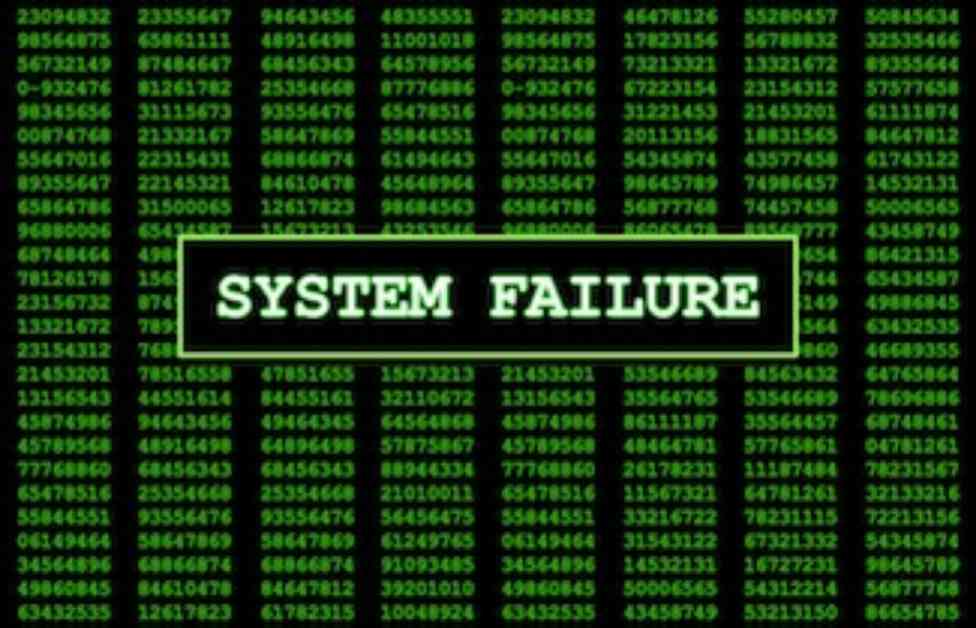A few weeks ago, the U.S. Court of Appeals for the Federal Circuit tried to clarify the obviousness standards for design patents. However, many experts believe that this attempt failed to achieve its goal. The ruling in the LKQ Corp. v. GM Glob. Tech. Operations LLC case has raised concerns about the protection of designs in the future.
One of the main reasons why this clarification failed is that it addressed the wrong topic for en banc clarification. Experts in the patent field suggest that there were more pressing issues that needed attention, such as the difference between an “automatic” rule and a “general” rule for permanent injunctions. Clarifying this distinction could have brought U.S. injunction practice more in line with international standards.
Moreover, the en banc court could have considered other topics for clarification, such as eligibility cases or issues related to venue, enablement, exhaustion, and claim construction standards. Instead, the focus on design patent obviousness was seen as unnecessary and misplaced.
The attempt to overrule the Rosen-Durling test, which had been in use for 30 years, was seen as an overreach by the Federal Circuit. The court started from scratch instead of making minor adjustments to the existing test. This move was criticized as unnecessary and could have a negative impact on design patent protection.
The Federal Circuit’s misreading of the KSR Int’l v. Teleflex Inc. case was also highlighted as a reason for the failure of this clarification. The court perceived the Rosen-Durling test as rigid, similar to the teaching-suggestion-motivation (TSM) test rejected in KSR. In reality, the Rosen-Durling test properly stated the test for design patent obviousness and did not need to be overruled.
In conclusion, the 30-page en banc ruling did not provide the clarity that was expected. Instead of simplifying the rules, the court’s decision has raised more questions and concerns about the protection of designs. The failure of this clarification effort has left many in the patent community wondering why a system that was already working needed to be overruled and rebuilt from scratch. A more common-sense approach could have been more effective in achieving the desired flexibility in design patent obviousness.















